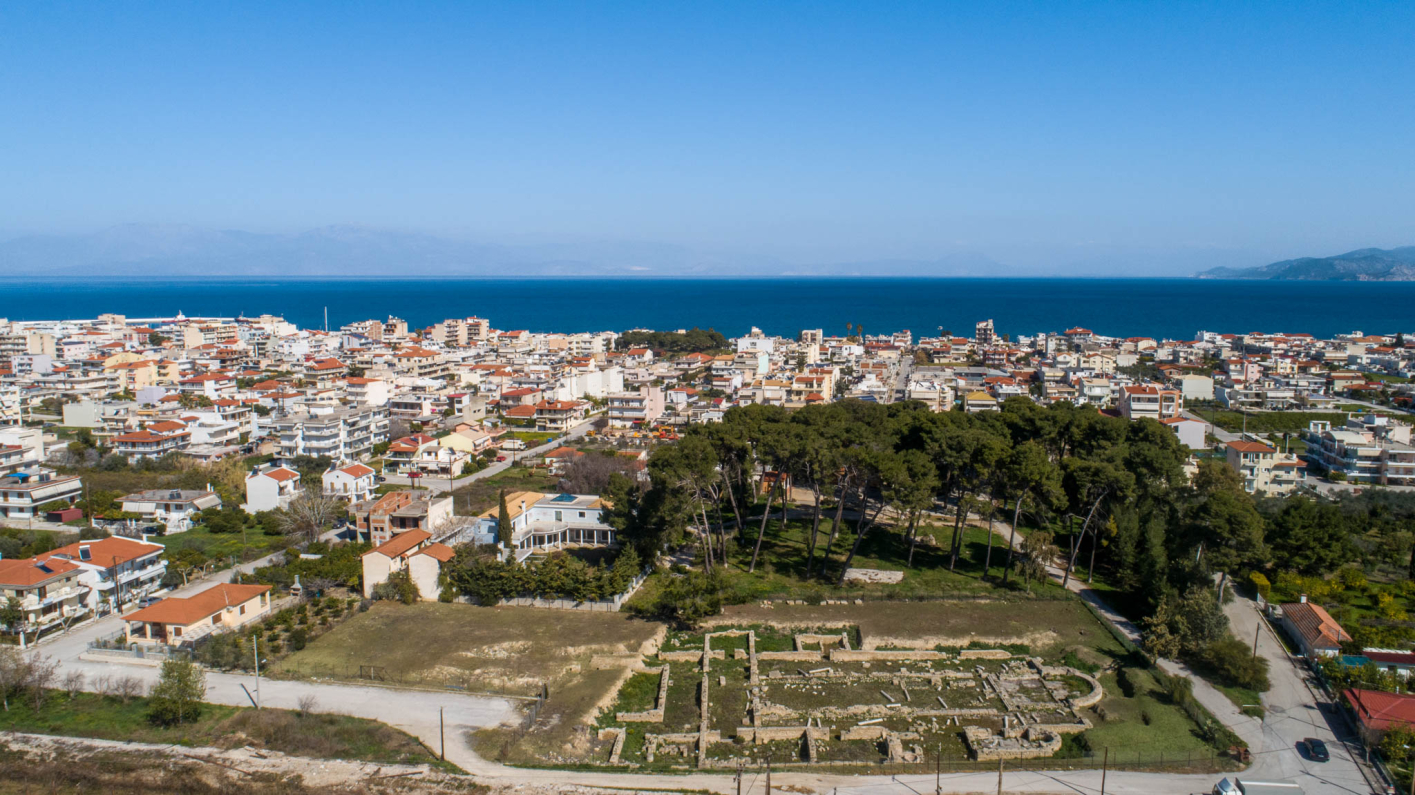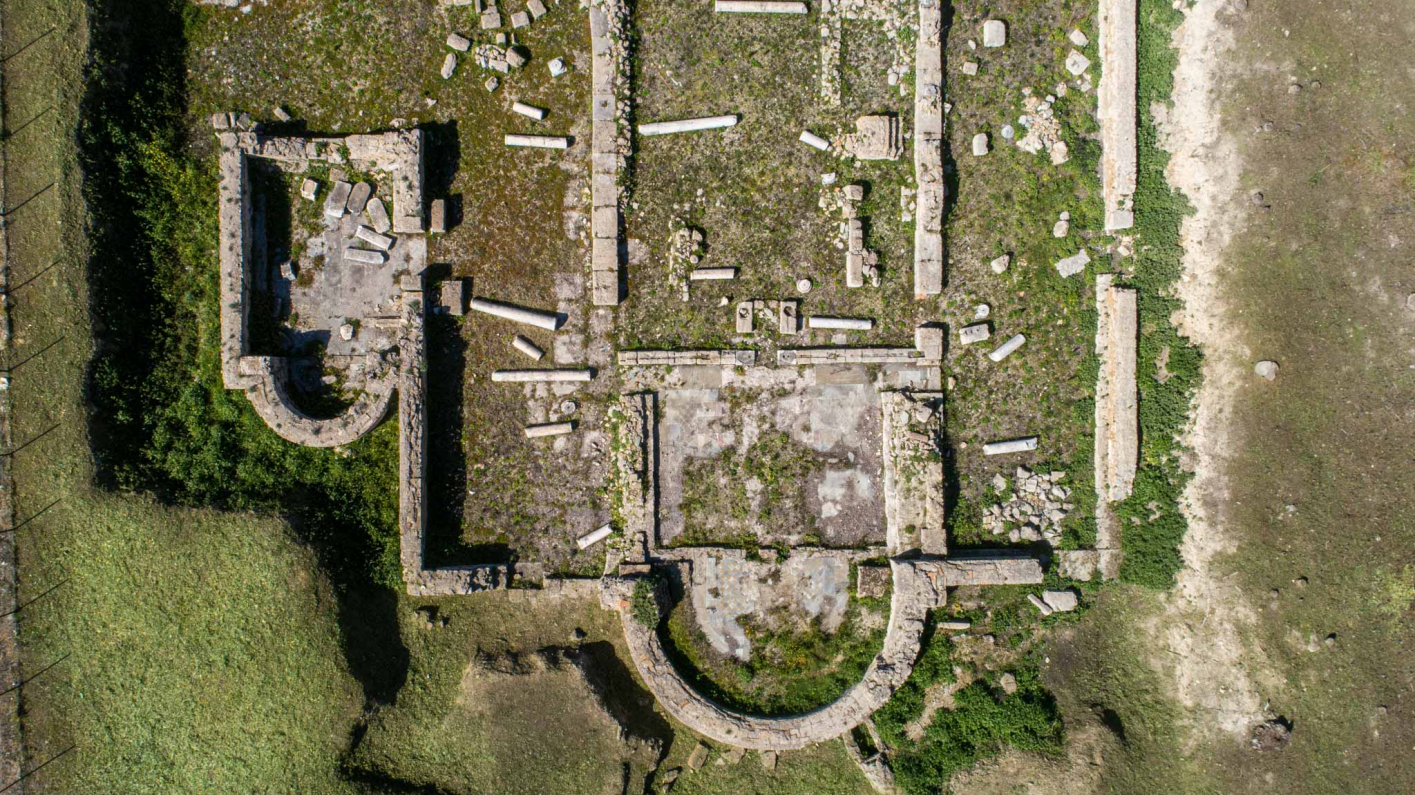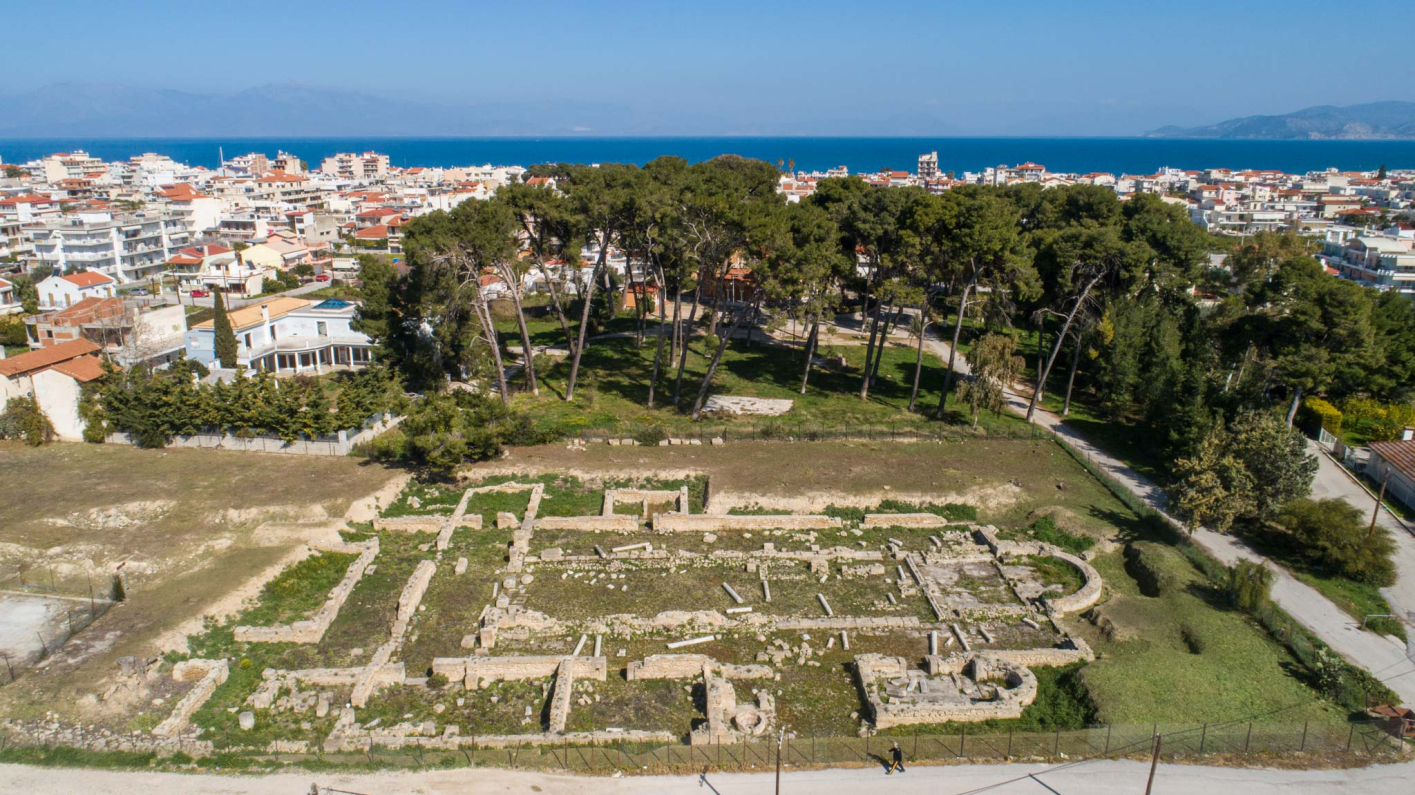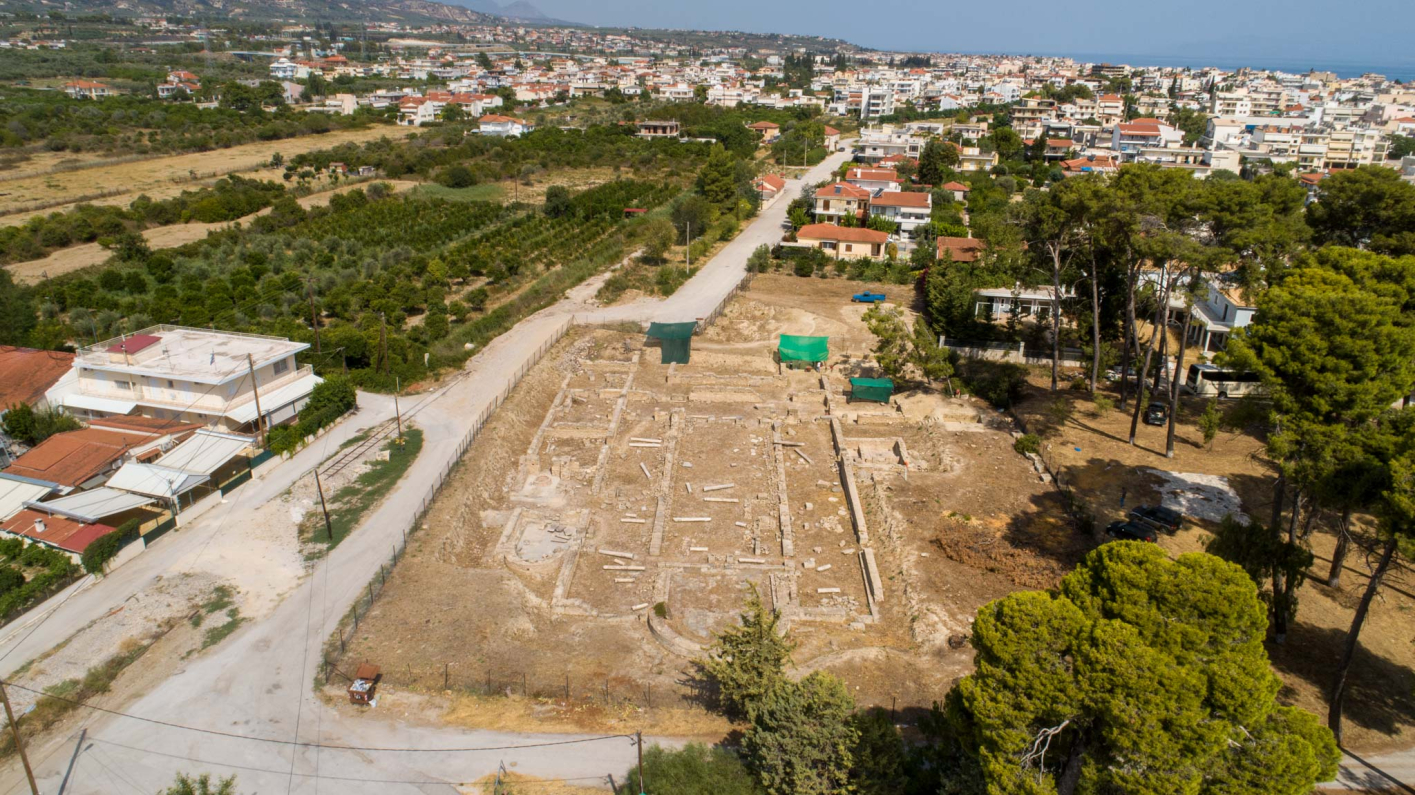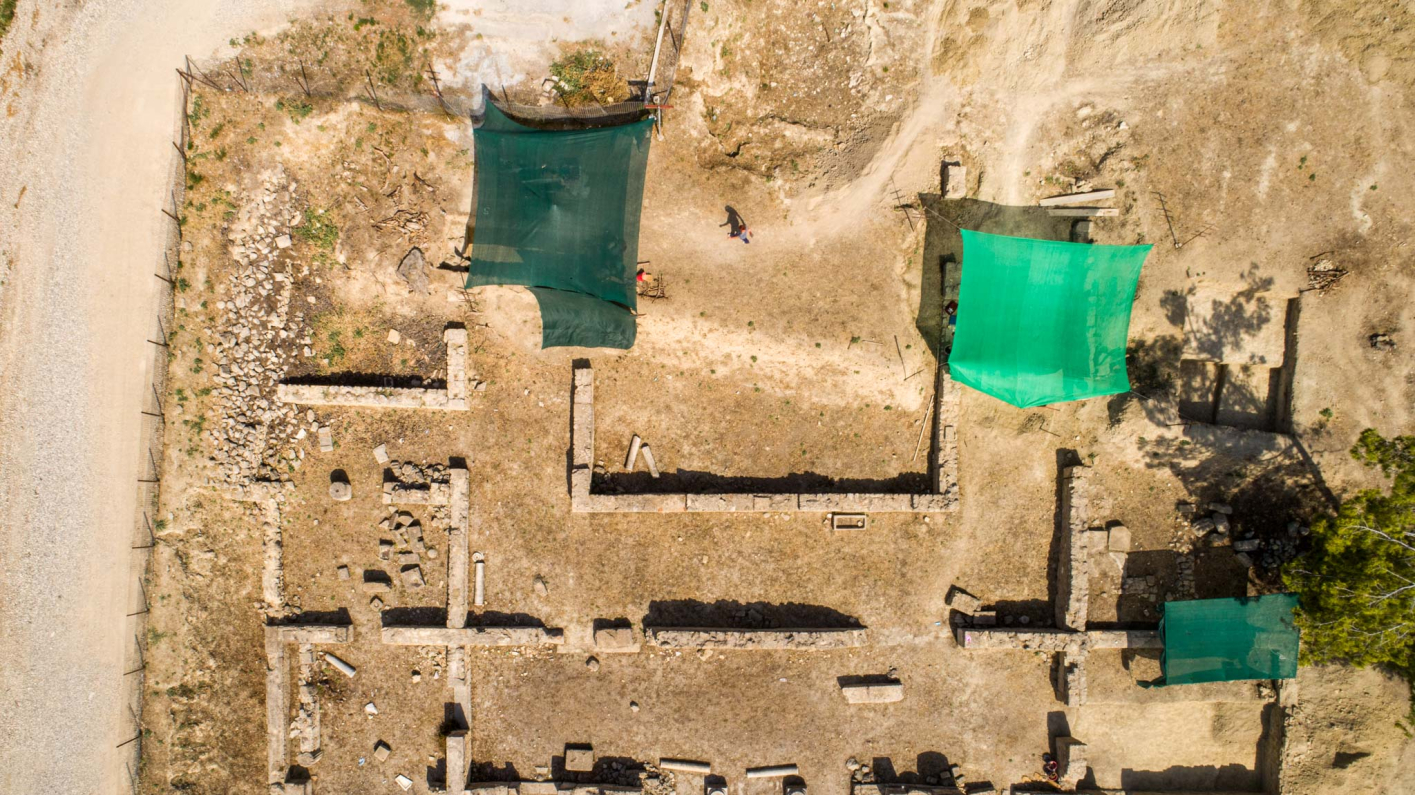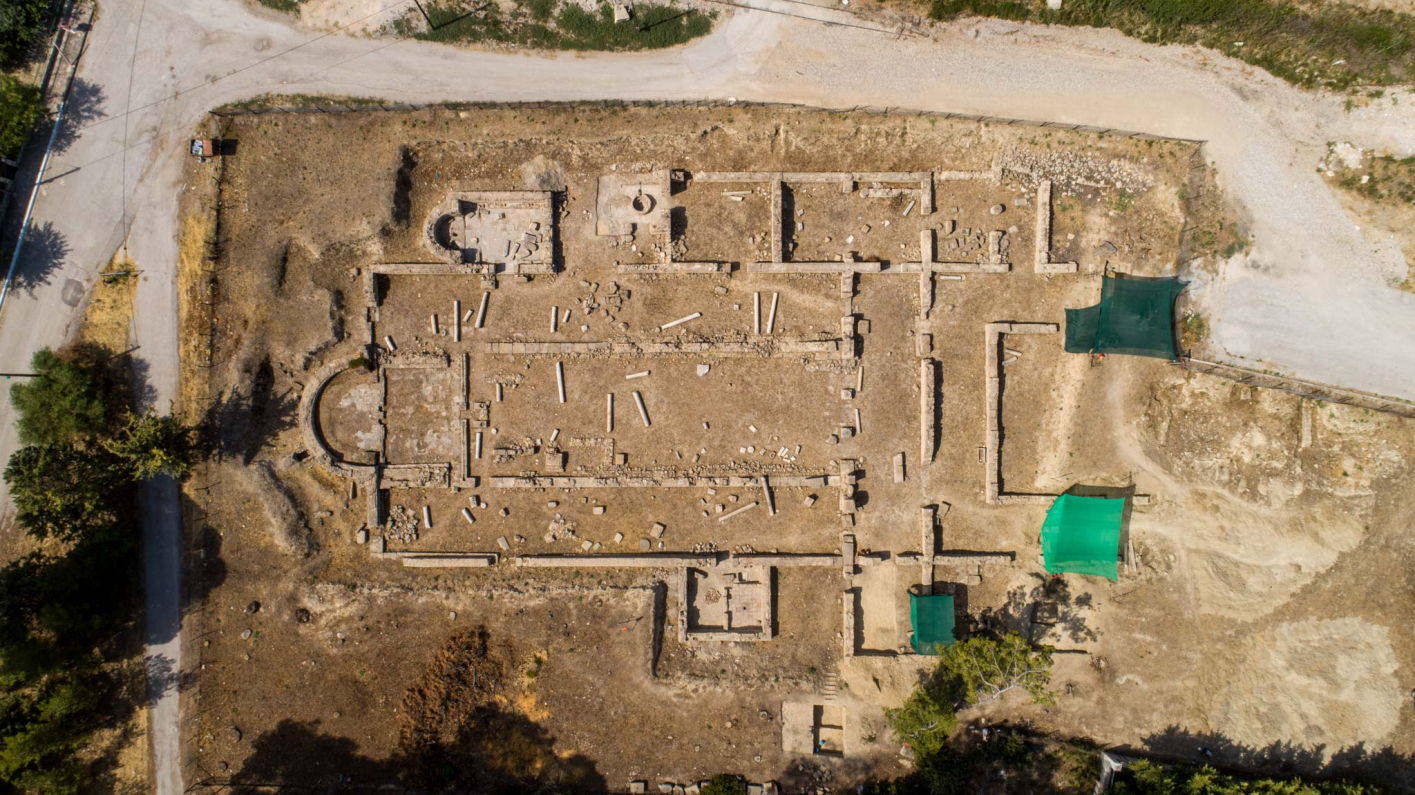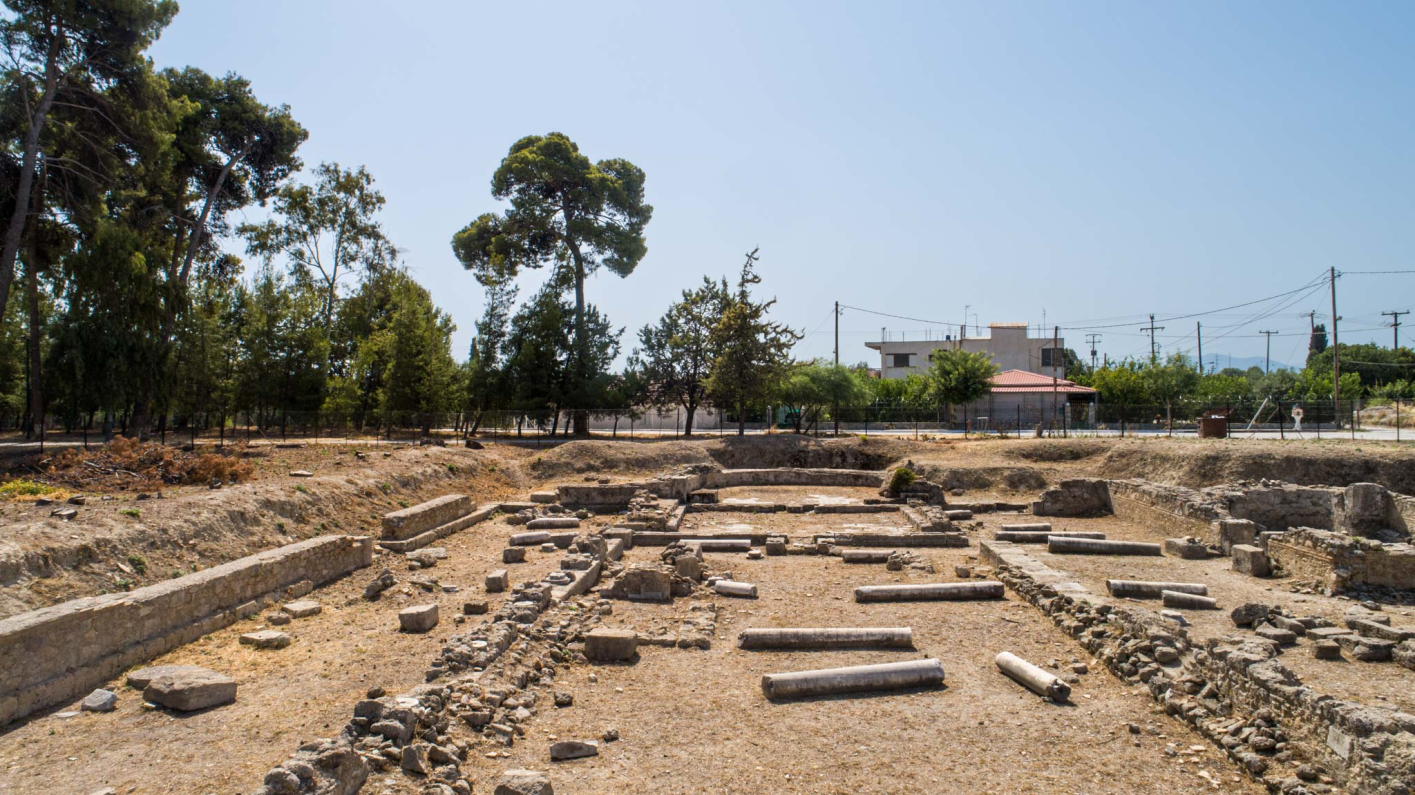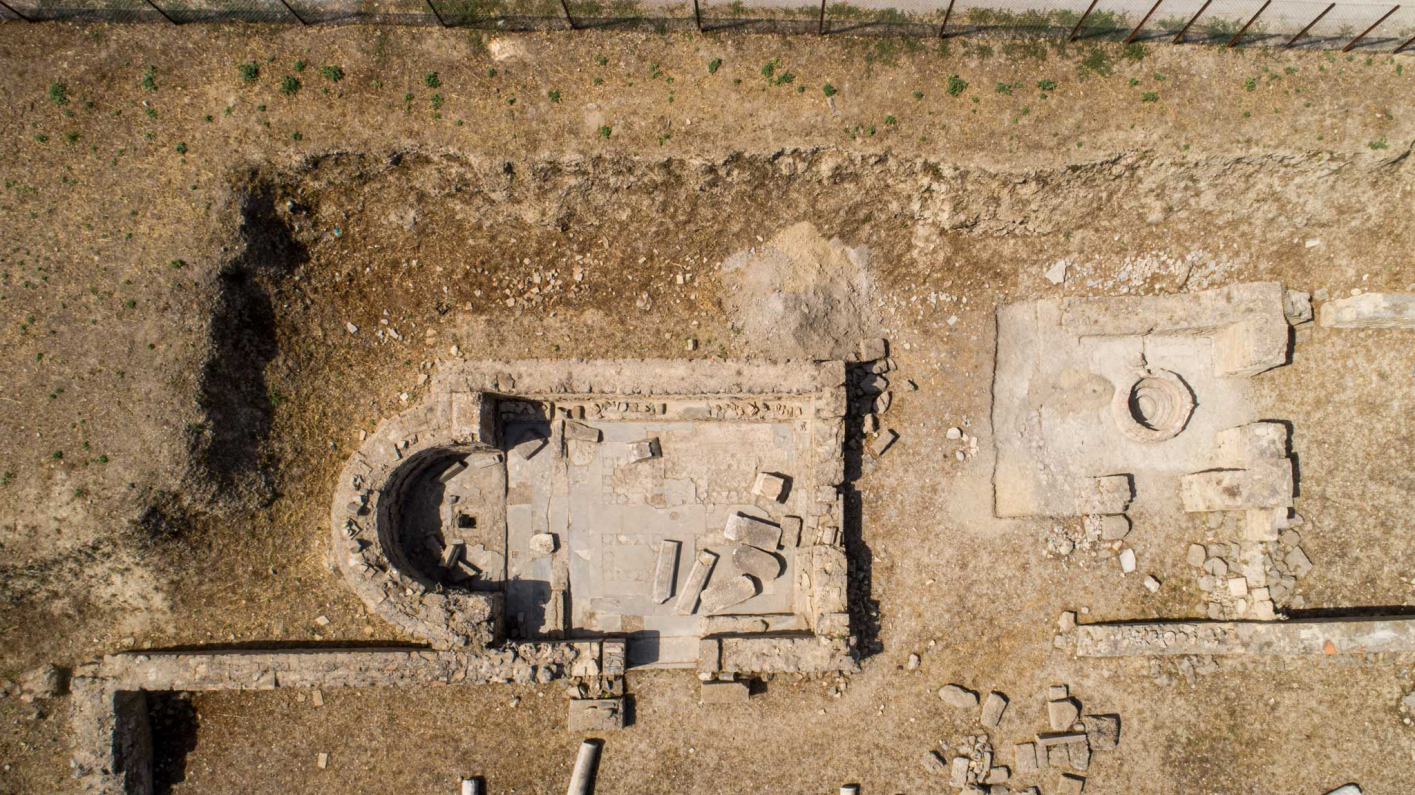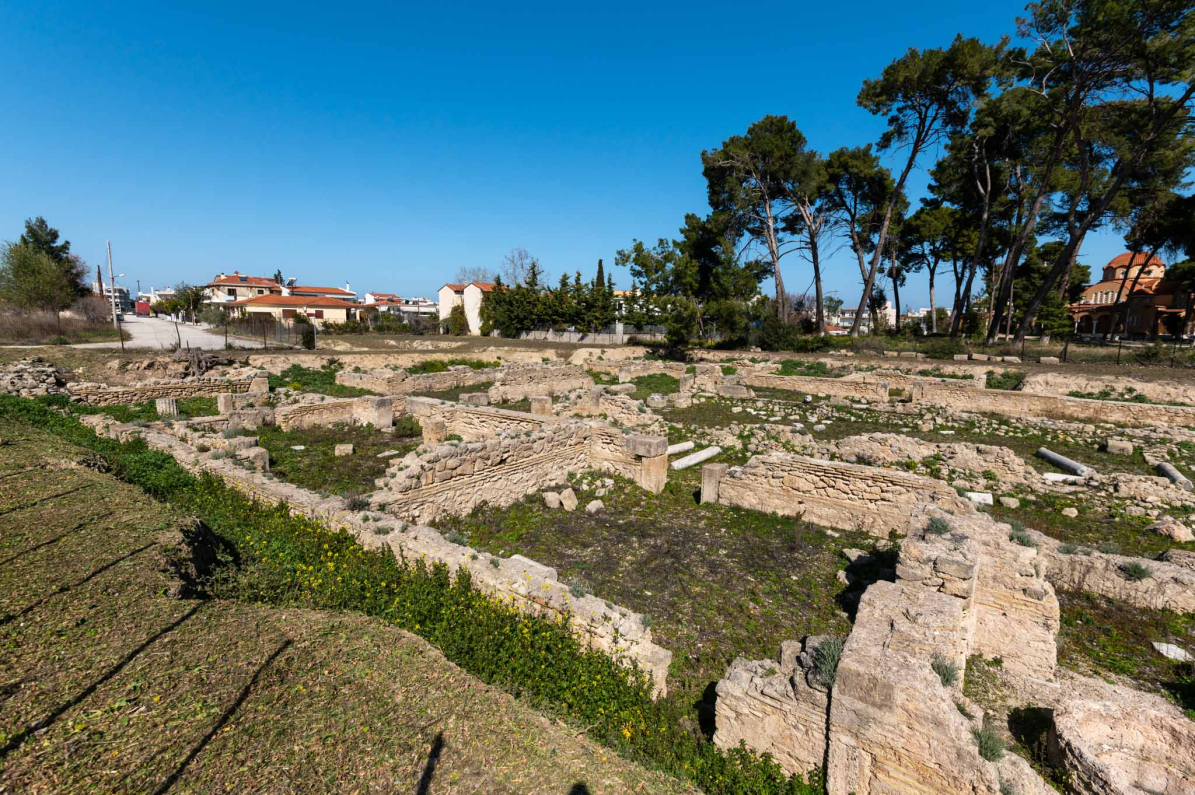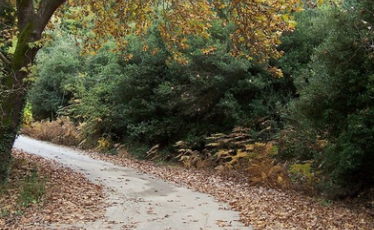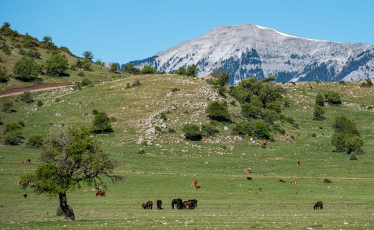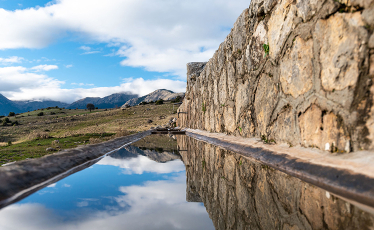On the southern outskirts of the town of Kiato lies the hill of "Panagitsa," home to the Church of the Dormition of the Theotokos, more commonly known to locals as "Panagitsa." This hill was formed by the accumulation of soil excavated during the deepening of the harbor of Ancient Sikyon in the Late Antiquity. The harbor, which remained in use until the Byzantine period, was located in the area of another present-day hill, further north of the Panagitsa hill and closer to the sea, at what is now the Magoula hill.
In the small pine forest of Panagitsa, to the southwest of the modern church, visitors can explore the ruins of a significant Byzantine monument: the Early Christian Basilica of Lower Sikyon (Kiato), as it is officially known. This 5th-century AD, three-aisled basilica featured an atrium, a baptistery, a chapel, and other auxiliary buildings. It was first excavated in 1933 and 1954 by Anastasios Orlandos, and again in 1986-1987 by K. Skarmoutsos.
The excavations revealed that the church was destroyed by fire and never rebuilt, while two Doric columns found on the southern side suggest that building materials from an ancient temple in the area were used in its construction. As visitors explore the archaeological site, they can clearly see the foundations of the Byzantine church's structures, semicircular atria, the mosaics that once covered the grand church's floors, and even intricately carved architectural fragments scattered across the area.
Today, supplementary excavations are being conducted at the site by the University of Thessaly in collaboration with the Ephorate of Antiquities of Corinthia, under the auspices of the Archaeological Society. These efforts aim to determine the precise date of the church's founding, investigate its construction history, and explore its connection to the nearby settlement, port, or cemetery, with which it was initially associated.
FAQ
Can someone explore the interior of the structure?
No. The ruins of the Early Christian Basilica are protected by a fence.
Is there an option for a guided tour or informational printed material?
No. After the completion of the research by the University of Thessaly, printed informational material (such as signs or brochures, etc.) will be produced.

